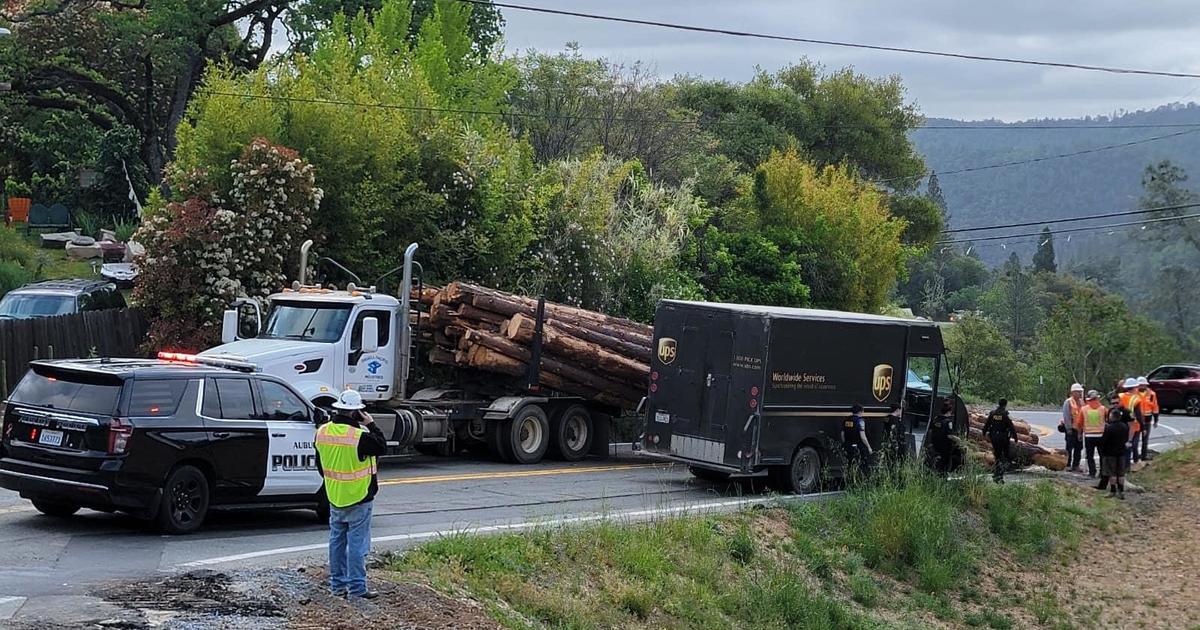Getting Answers: Why are dams releasing water in a drought?
FOLSOM (CBS13) - Folsom Lake is letting the water flow while rains pick up across the valley. December has provided higher-than-average precipitation for the capital region giving way to cautious optimism about just how much longer the state will be in a drought.
But the rainfall also prompted questions about why, in a drought, dams and reservoirs are letting water out instead of holding it in.
"The operator has to draw it down to a certain level in the winter time and then hold it in that level until the spring snowmelt season starts," says Jeanine Jones of the California Department of Water Resources.
In short, the department has rules regarding how much water reservoirs can hold at a given time. If there's too much for that given time, they may have to drain some of their stores. That's based on the idea that seasonal precipitation will continue at a certain rate.
"The existing reservoirs largely have what you would call rule curves that don't provide flexibility," Jones explains.
But that creates a problem when in the middle of a drought and facing uncertain futures when it comes to precipitation.
"The reservoirs also have a storage deficit because of the drought conditions we've had," says Jones. "So we have a ways to go to fill up."
Folsom Lake, on the other hand, is different than most in California. Their flood control is handled by the Federal Bureau of Reclamation and Army Corps of Engineers.
The Bureau told CBS13 in a statement:
"The forecasted storm event is expected to bring significant precipitation as well as melt some of the existing snow at lower elevations, so the total inflow to the reservoir is expected to be quite large over a few days."
The statement went on to explain that the new flood control manual is designed to best balance between maximizing the water supply and flood control.
California is looking at different options for the reservoirs under state control, which includes Oroville Reservoir.
"The department is working with others to foster the idea of forecast-informed reservoir operations," says Jones. "[It] would allow more flexibility in managing water during the winter time just for the circumstances you described. "
"Most people tend to think about what's happening right now, or what happened last week or the week before and not thinking 'hey' we're just very early into the season."




